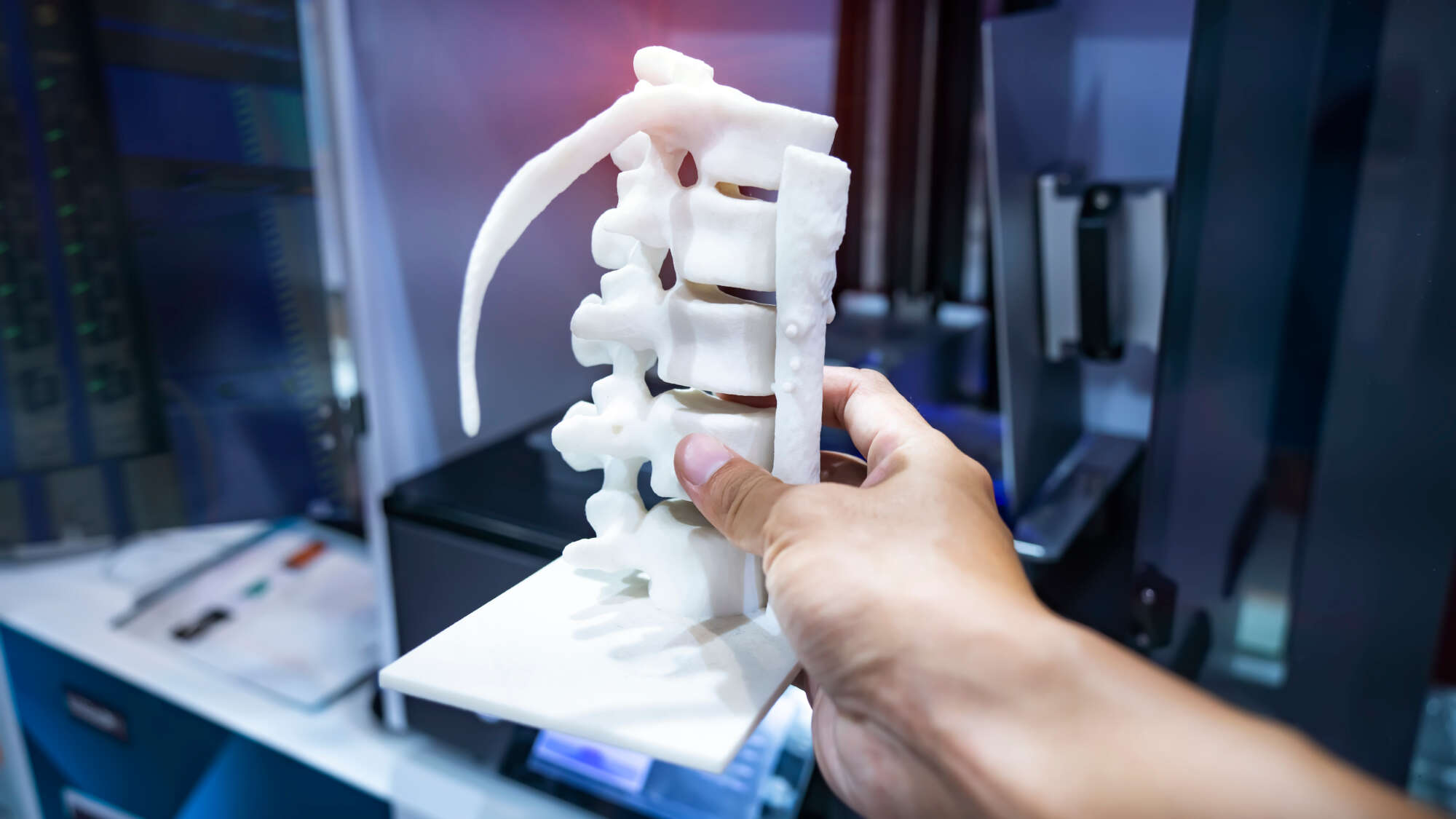K-State prof develops an engineering course highlighting the printing of on-demand medical equipment.
If you’ve ever watched a show like Grey’s Anatomy, House or The Good Doctor, you have a good idea of the sky-high stakes involved in medicine. Timing and precision are everything.
From everyday experience, rather than through intriguing TV shows, we all know how expensive health care can be. The emerging health care field of point-of-care 3D printing tackles each of these issues.
Meng Zhang, associate professor of industrial and manufacturing systems engineering, saw an opportunity to advance this technology through education and created a new engineering course focused on point-of-care additive manufacturing.
What is point-of-care additive manufacturing?
It is an advancement that uses a 3D model to create physical objects based on medical imaging data at the place of patient care. Essentially, it is on-demand 3D printing for medical applications.
“One practical example of this would be custom-fitted prosthetics,” Zhang said. “This process gives you the ability to personalize and individualize in a situation where one-size-fits-all components aren’t ideal, especially in the case of children that grow out of equipment quickly.”
Another common example is personalized orthodontics products like retainers and mouthpieces. Not only does point-of-care manufacturing reduce cost and manufacturing time, but Zhang says it also produces better outcomes for the patient.
The new technology can also be used in school classrooms to create 3D models that can better simulate the look and feel of an internal organ. Without these models, students would be learning from a computer screen instead, which is less immersive.
Zhang’s course will equip engineering students who are interested in careers in health care, and it provides future medical students with critical engineering skills. While learning new skills, students will also experience a variety of perspectives from an interdisciplinary team made up of manufacturing experts, a social scientist, a medical doctor, a bioengineer and a materials scientist.
You can boost the engineers and medical professionals behind the technologies transforming patient care for our favorite TV doctors and, more importantly, the real professionals.
Curated from: How K-State is engineering the next-generation of enabling technologies
